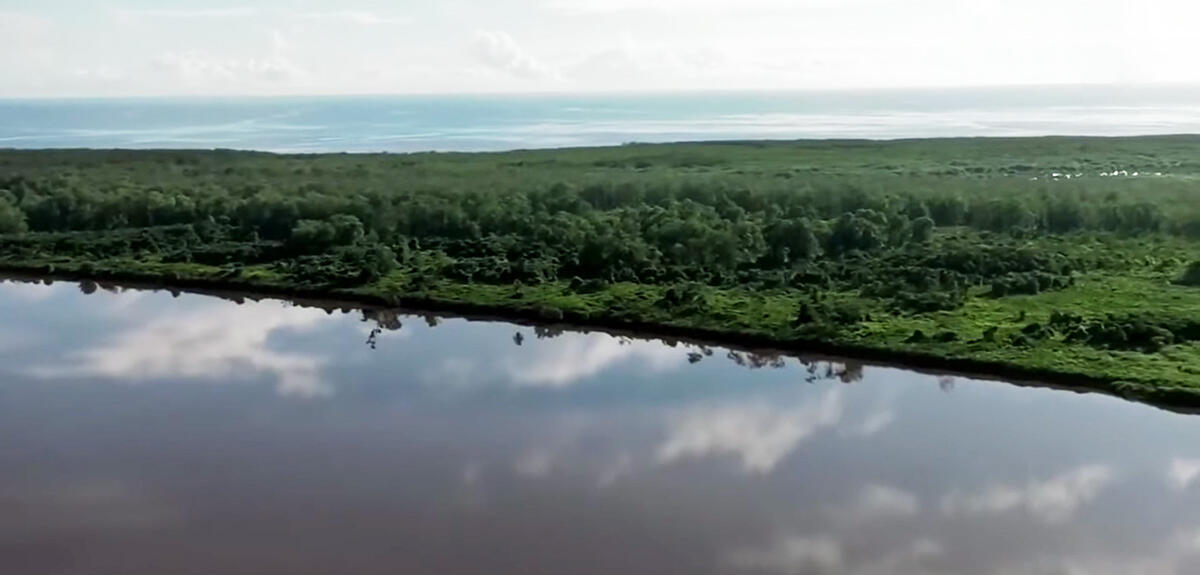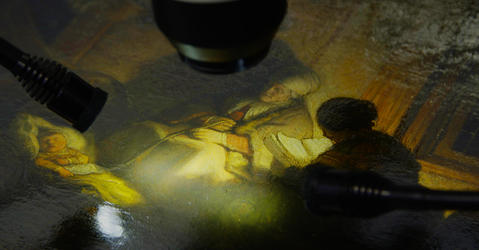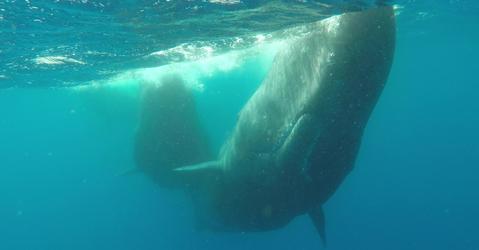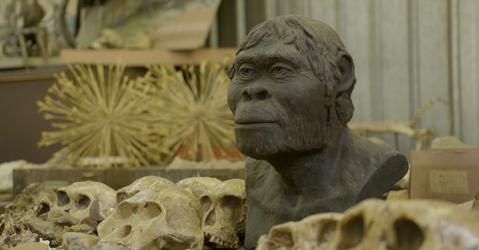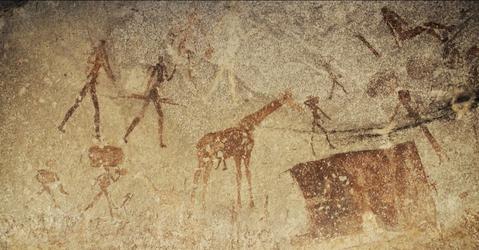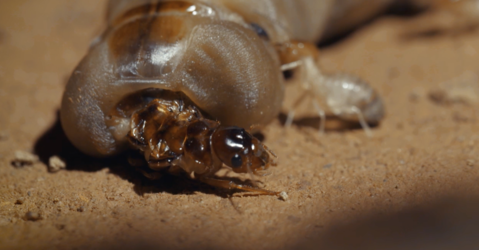You are here
Videos
Each year, some 40 billion tonnes of CO₂, one of the main greenhouse gases, are released into the atmosphere. A significant proportion of these is captured by the oceans, vegetation and the soil. The CNRS scientists are trying to better understand these natural carbon sinks, predict their evolution and also increase their storage capacity, or even envisage artificial sinks.
Recent Videos
Is art truly eternal? Paintings by History's greatest masters are affected by the passage of time. But scientists and curators have joined forces to figure out exactly what is causing the ageing...
Sperm whales spend most of their lives hunting in the depths of the sea. To study them, a team of researchers used a floating autonomous ship equipped with microphones and a sound card so...
Discovered in the 1990s, Little Foot is the most complete skeleton of an Australopithecus ever unearthed. Research continues on this exceptional fossil as scientists reveal details about her...
There are thousands of cave art sites nested in Zimbabwe's Matobo Hills. A team of archaeologists and cave art specialists have teamed up to try to understand these mysterious paintings.
The queen termite can lay some 40,000 eggs every day for 40 years. So what is her secret? A team of researchers from France and South Africa is trying to recreate a termite's nest in the lab to...
Using Nature as a model for better robots? A team of bioroboticists in the South of France have created, for the first time, an autonomous six-legged robot able to—without using GPS—find its way...


